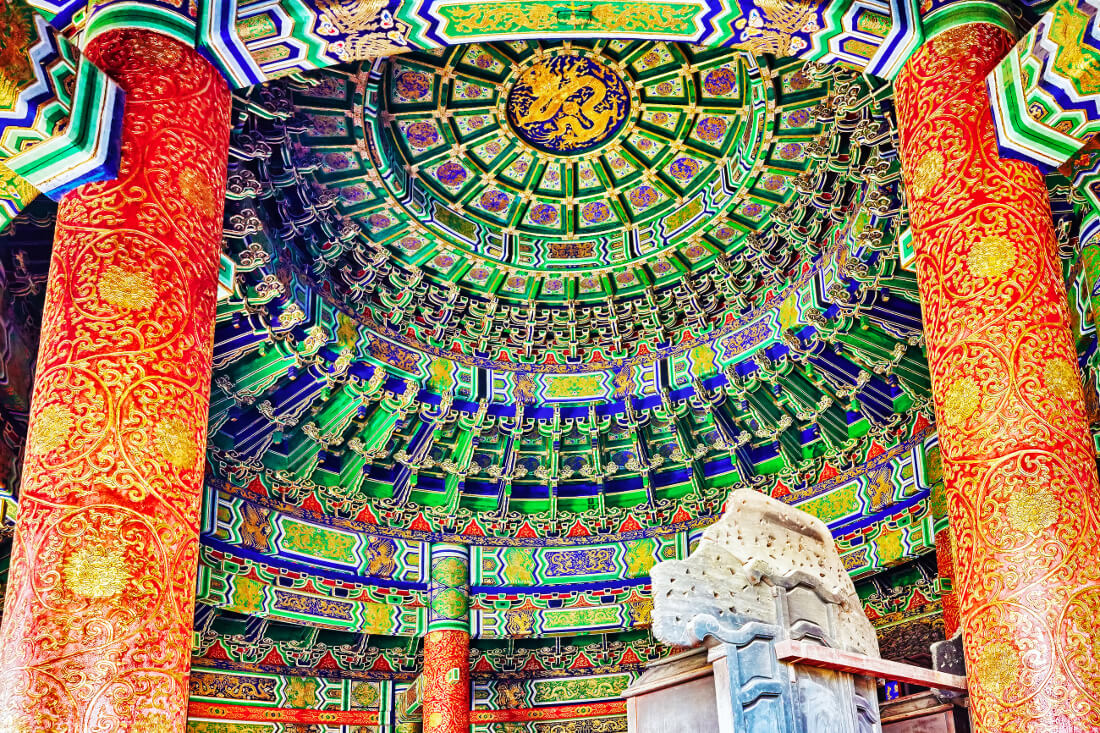
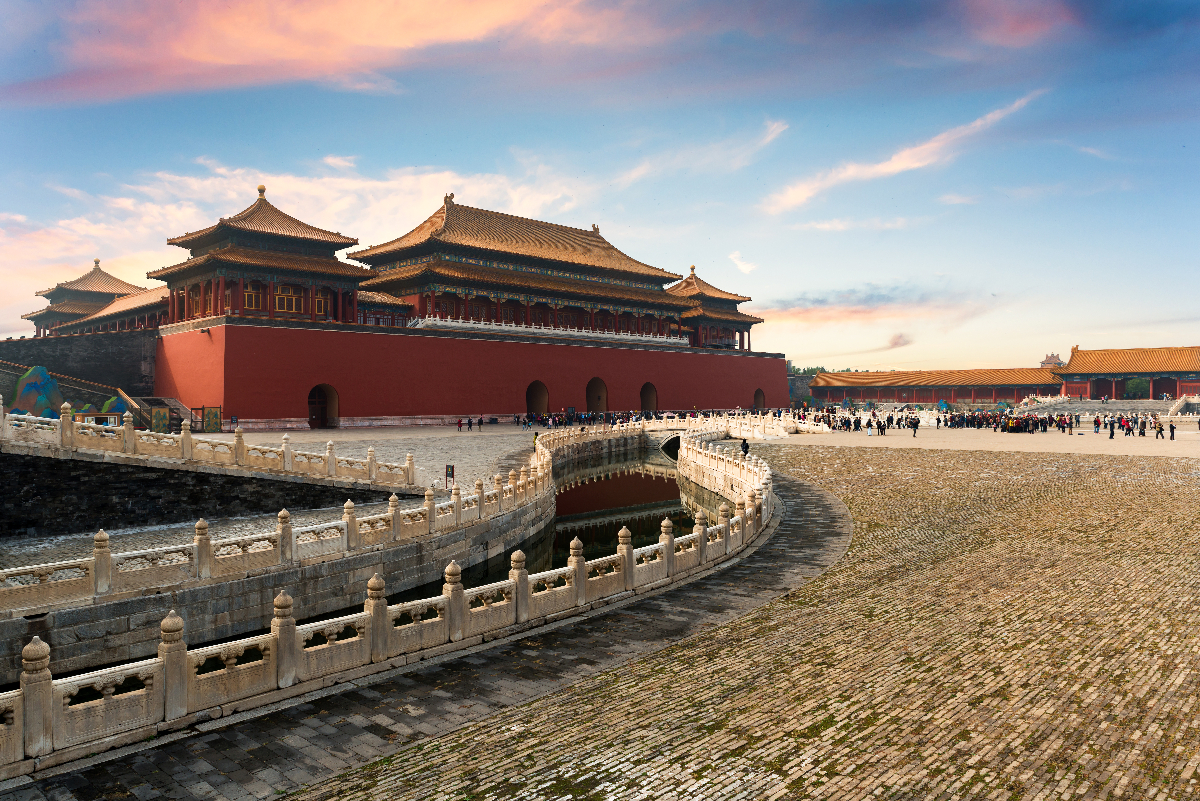
China is officially named the People’s Republic of China. It is located in East Asia and has the largest population of any country in the world (1.4 billion) and the largest landmass in Southeast Asia covering 3 million square miles. Only Russia and Canada are larger. China has 33 administrative units directly under the central government consisting of 22 provinces, 5 autonomous regions, 4 municipalities (Chongquong, Beijing, Shanghai and Tianjin) and 2 special administrative regions (Hong Kong and Macao). Beijing is the capital and also the cultural, economic, and communications center of the country. Shanghai is the main industrial city and Hong Kong is the leading commercial center and port. China is a highly diverse and complex country. Its topography has both the highest and one of the lowest places on earth. Climate ranges from extremely dry deserts in the northwest to tropical monsoon in the southeast and China has the greatest contrast in temperatures between its northern and southern borders of any country. The great majority of the population is Chinese (Han) but few countries have as wide a variety of indigenous people. Even with the Han the local dialects may be so different that the only common understanding is in the alphabet and written word. The population density in certain areas is very high but there are large parts of the country that are sparsely or not inhabited at all. With more than 4000 years of recorded history, China is only one of a handful of countries that flourished both in ancient and modern times. Much of China’s cultural development has occurred with little outside influences except for Buddhism. China, therefore, was able to refine its own culture until the 19th century when Western technology and military strength overwhelmed it. This trauma was the catalyst for the modernization of the country and the eventual victory of the Communist Party in 1949. The Chinese notion of “province” was first implemented in the Tang Dynasty in 618-907 AD. That political force has been curtailed to a great extent by the centralization and supremacy of the Communist Party, but provincial control of certain aspects of life are still present. China is 3250 miles east to west and 3400 miles north to south. The country borders 14 countries: Mongolia to the north, Russia and North Korea to the northeast, the Yellow Sea and the East China Sea to the east, the South China Sea to the southeast, Vietnam, Laos, Burma, India, Bhutan and Nepal to the south, Pakistan to the southeast, and Afghanistan, Tajikistan, and Kazakhstan in central Asia to the west. 1/3 of China is mountain chains. China has the world’s highest and largest mountain plateau. Mount Everest is on the border with Nepal and is the highest peak in the world at 29,035 feet. By contrast the lowest part of the Turfan Depression is 508 feet below sea level. Because of mountains, cold temperatures and desert; Chinese civilization was forced to spread along the corridor where melting snow in the Qilian Mountains provided water for oasis farming. The westward extreme of the corridor became the meeting place of the ancient east and west. Thus, for a long time the ancient political center of China was located along the lower reaches of the Yellow River. China can be divided into three major topographical zones; the eastern, northwestern and southwestern zones. The eastern zone (Manchuria) is characterized by monsoon seasonal rain bearing winds. The northwest is arid and eroded by the wind and forms an inland drainage basin and the southwest is a cold, lofty, and mountainous region consisting of mountain plateaus and inland lakes.
History
China emerged as one of the world’s first civilizations in the fertile basin of the Yellow River in the North China Plain. For millennia, China’s political system was based on absolute hereditary monarchies or dynasties beginning with the Xia dynasty in 2100 BCE. Since then China has fractured, grown and reunited numerous times. In the 3rd century BCE the Qin reunited core China and established the first Chinese empire. The succeeding Han dynasty (206 BCE-220 AD) saw some of the most advanced technology of the day including papermaking and the compass, along with agricultural and medical improvements. The invention of gunpowder and moveable type in the Tang Dynasty (618-907 AD) and Northern Song Dynasty (960-1127 AD) completed the four inventions. Tang culture spread widely in Asia, as the new silk route brought traders from as far as Mesopotamia and the Horn of Africa. The Qing Dynasty, which was the last and formed the basis of modern China, suffered heavy losses to foreign imperialism. In 1912, the Republic of China was founded and Sun Yat Sen was proclaimed provisional president. And that same year the 5000 year old history of the dynasty was ended. China was invaded by Japan in 1937 and after World War II the Chinese Civil War led to the Communist Party winning all of China except Taiwan.
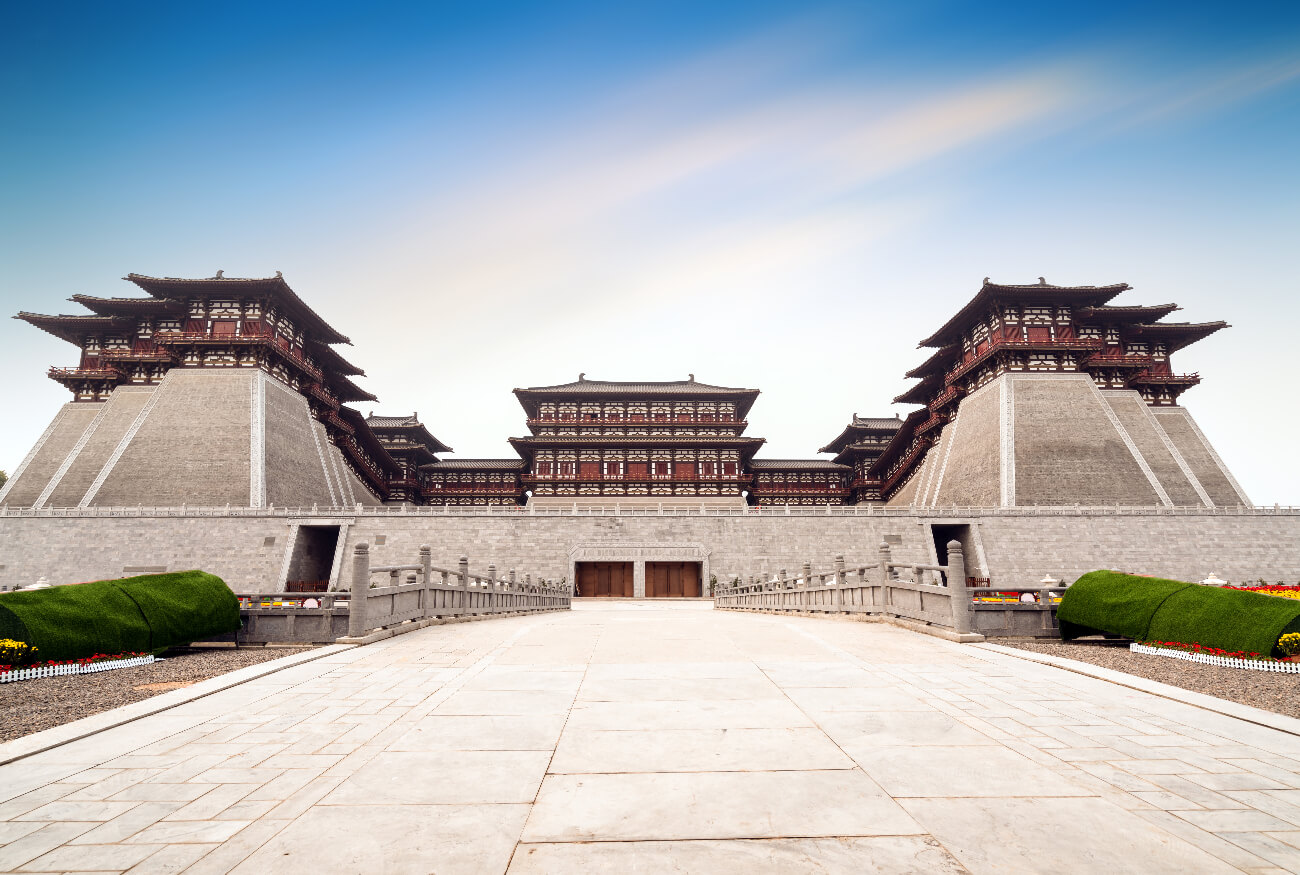
Prehistory
Archaeological evidence suggests that early hominids inhabited China 2.25 million years ago. Peking Man, a Homo erectus, was discovered in a cave near Beijing and lived around 700,000 years ago. The fossilized teeth of Homo sapiens from around 100,000 years ago have been discovered in Hunan. Chinese proto-writing existed around 7000 BCE and suggests the Jiahu symbols were the earliest Chinese writing system. The Shang ruled the plain of the Yellow River in Eastern China from the 17th to the 11th century BCE and their oracle bone script from 1500 BCE represents the oldest form of Chinese writing found to date and is directly linked to modern Chinese characters.
Demographics, Language and Religion
17% of the population is 14 years or younger, 70 % between 15 and 59, and13% over 60. China’s recent rapid growth has taken 800 million people out of poverty and into the middle class. China recognizes 56 distinct ethnic groups. The largest of these is the ethnic Han Chinese who constitute more than 90% of the total population. There are almost 300 spoken languages in China. Mandarin is spoken by 70% of the population and Standard Mandarin, based on the Beijing dialect, is the official language of the country. Other widely spoken languages include Cantonese, Taishanese and Tibetan. China has urbanized substantially in recent decades. The percentage of people living in urban areas increased from 20% in1980 to 60% in 2019. China has over 160 cities with a population of at least 1 million and 10 megacities with populations over 10 million. Shanghai is China’s most populous area. In 2018, 96% of the population over15 were literate. The government has conducted anti-religion campaigns even though its constitution guarantees freedom of religion and officially espouses atheism. Over the millennia Chinese civilizations have been influenced by Confucianism, Taoism and Chinese Buddhism. Chinese popular or folk religion is framed by these three philosophies and involves both male and female gods.

Culture
Since ancient times, Chinese culture has been influenced by Confucianism. For much of the country’s dynastic era, opportunities for social advancement could be provided by high performance in the prestigious Imperial examinations. The literary emphasis of the exams affected the general perception of cultural refinement in China, such as the belief that calligraphy, poetry and painting were higher forms of art than dancing or drama. Exams and a culture of merit remain greatly valued in China today. Today, many important aspects of the ancient culture have been modified to government policies and propaganda. After the dark days of Mao’s Cultural Revolution a more liberal government has again accepted many of the traditional forms of Chinese art, literature, music, film, fashion and architecture. China had 56 million tourists in 2010 and was the third most visited country. It also has an enormous (750 million per year) number of domestic tourists who travel the country during holidays and festivals. China has the second most UNESCO World Heritage Sites after Italy. Literature has played an important cultural role from the “Four Books and Five Classics” which served as authoritarian Confucianism readings to the “Classic of Poetry” during the Tang Dynasty which covered both romanticism and realism. Chinese historiography is covered by the “Twenty-Four Histories” which set a vast stage for Chinese fiction along with mythology and folklore and written in the “Four Great Classical Novels”. Chinese music covers a highly diverse range from traditional to modern. Chinese music dates back before the pre-Imperial times and was played on traditional musical instruments grouped into eight categories known as bayin. Traditional Chinese opera is a form thousands of years old and has regional styles such as Beijing and Cantonese.
Cuisine
Chinese cuisine is highly diverse, drawing on several millennia of history and geographical variety, in which the most influential are known as the “Eight Major Cuisines” including Sichuan, Cantonese, Jiangsu, Shandong, Fujian, Hunan, Anhui and Zhejiang. All of them are featured by the precise skills of shaping, heating and flavoring. Chinese cuisine is also known for its width of cooking methods and ingredients as well as food therapy that is emphasized in traditional Chinese medicine. Generally, China’s staple foods are rice in the south, and wheat-based breads and noodles in the north. Bean products such as tofu and soy milk remain a popular source of protein. Pork is the most popular meat but there is also vegetarian Buddhist cuisine and pork free Chinese Islamic cuisine. Southern cuisine, due to its proximity to the ocean and milder climate has a wide variety of seafood and vegetables.
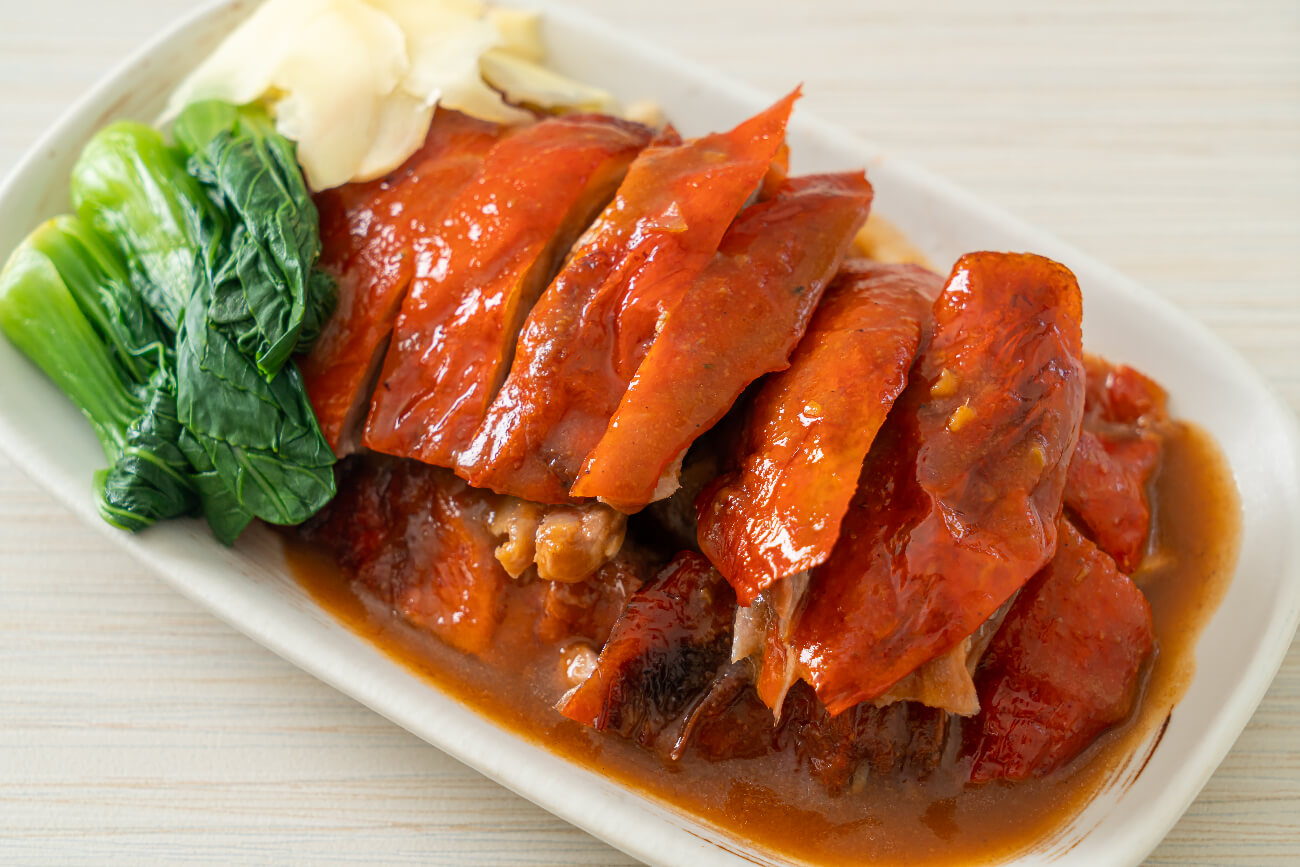

Cities
Beijing is the capital of the People’s Republic of China. It is the world’s most populous national capital city with over 21 million residents. It is located in northern China. It is home to the headquarters of most of China’s largest state-owned companies and houses the largest number of Fortune Global 500 companies in the world as well as the highest number of billionaires. The city’s subway system is the busiest and longest in the world. Beijing is one of the oldest cities in the world dating back over 3000 years. It has seven UNESCO World Heritage Sites- The Forbidden Temple, Temple of Heaven, Summer Palace, Ming Tombs, Zhoukoudian, and parts of the Great Wall and the Grand Canal. Its architecture consists of three very different styles. The “traditional” of Imperial China which are the temples, pagodas and ancient palaces, the “Sino-Soviet” built in the 1950’s -1970’s which are boxy and poorly constructed and the modern world architecture of today with tall skyscrapers. Its culture and language is Beijing Mandarin.
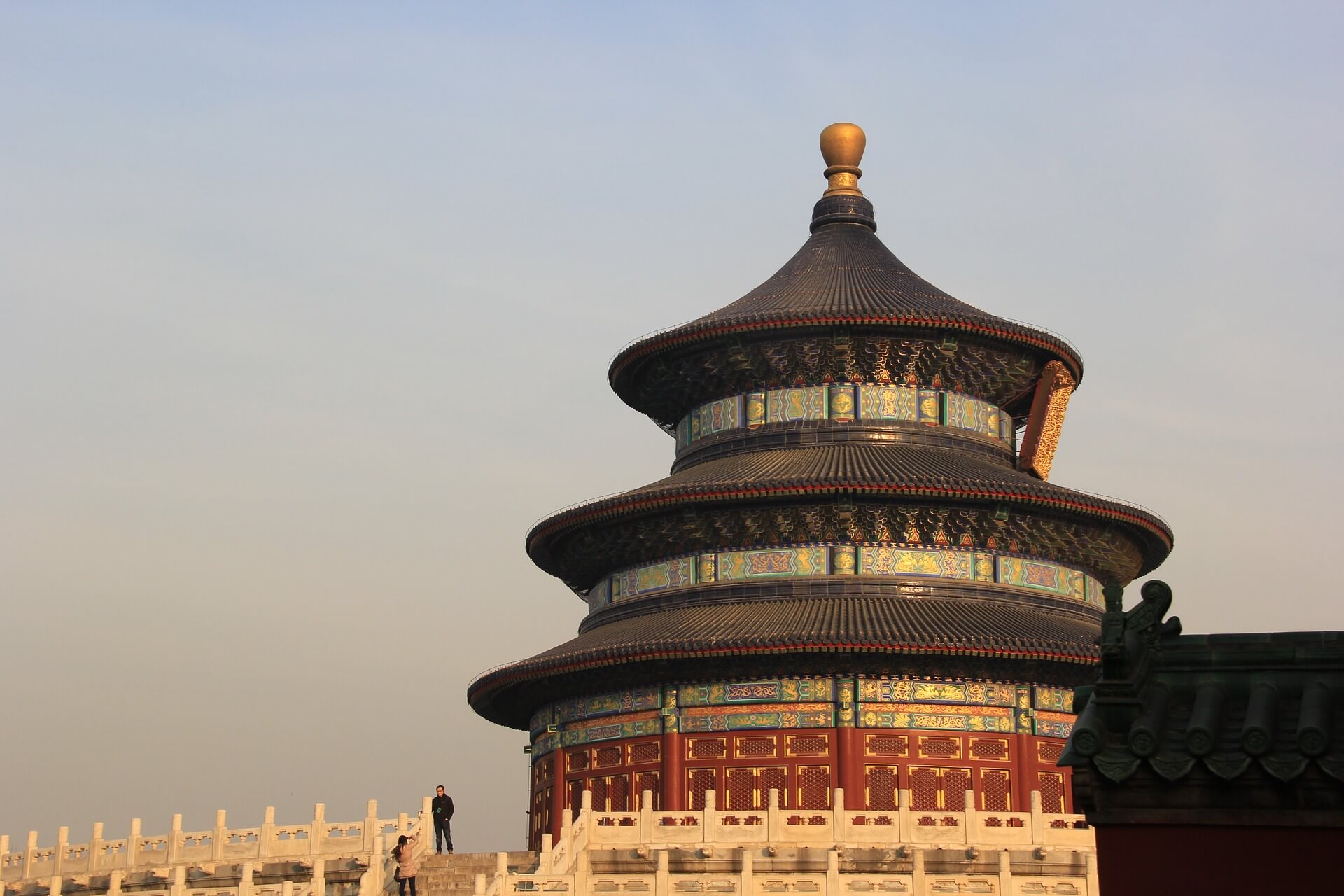
Shanghai
Shanghai is located on the southern estuary of the Yangtze River. It has a population of 25 million making it the most populous city in China. It has been inhabited 6000 years and its language spoken is Shanghause-a dialect of the Taihu wu subgroup. Shanghai is a global center for commerce, finance, business, research and economics and the Port of Shanghai is the world’s busiest container port. Originally a fishing village and market town, it grew in importance in the 19th century. Shanghai has been described as the “showpiece” of the booming economy of China. The city features several architectural styles such as “Art Deco” and “shikumen”. Shanghai is renowned for its skyline, museums and historic buildings including the City of God Chubu-Sangaku National Park, The China Pavilion, The Shanghai Museum, The Art Museum, Natural History, the Shanghai Jewish Refugees Museum and other buildings along the Bund. It has seven five-star hotels and hosts numerous national and international events each year.
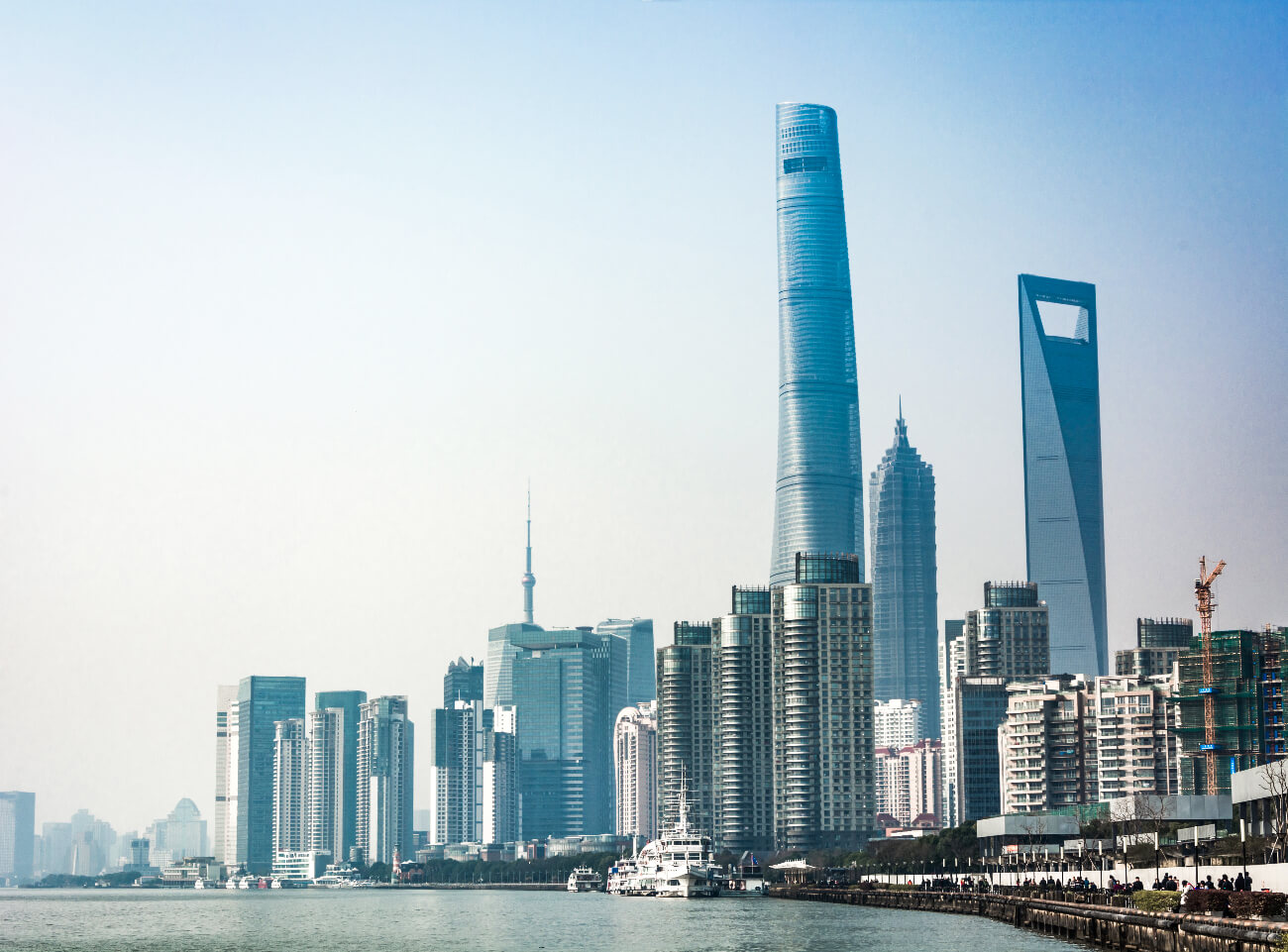
Major Tourist Attractions in China
Great Wall of China

Potala Palace the winter palace of the Dalai Lama in Lhasa.
The Forbidden City built in the 15th century in Beijing is a walled complex with moat for the Imperial family.
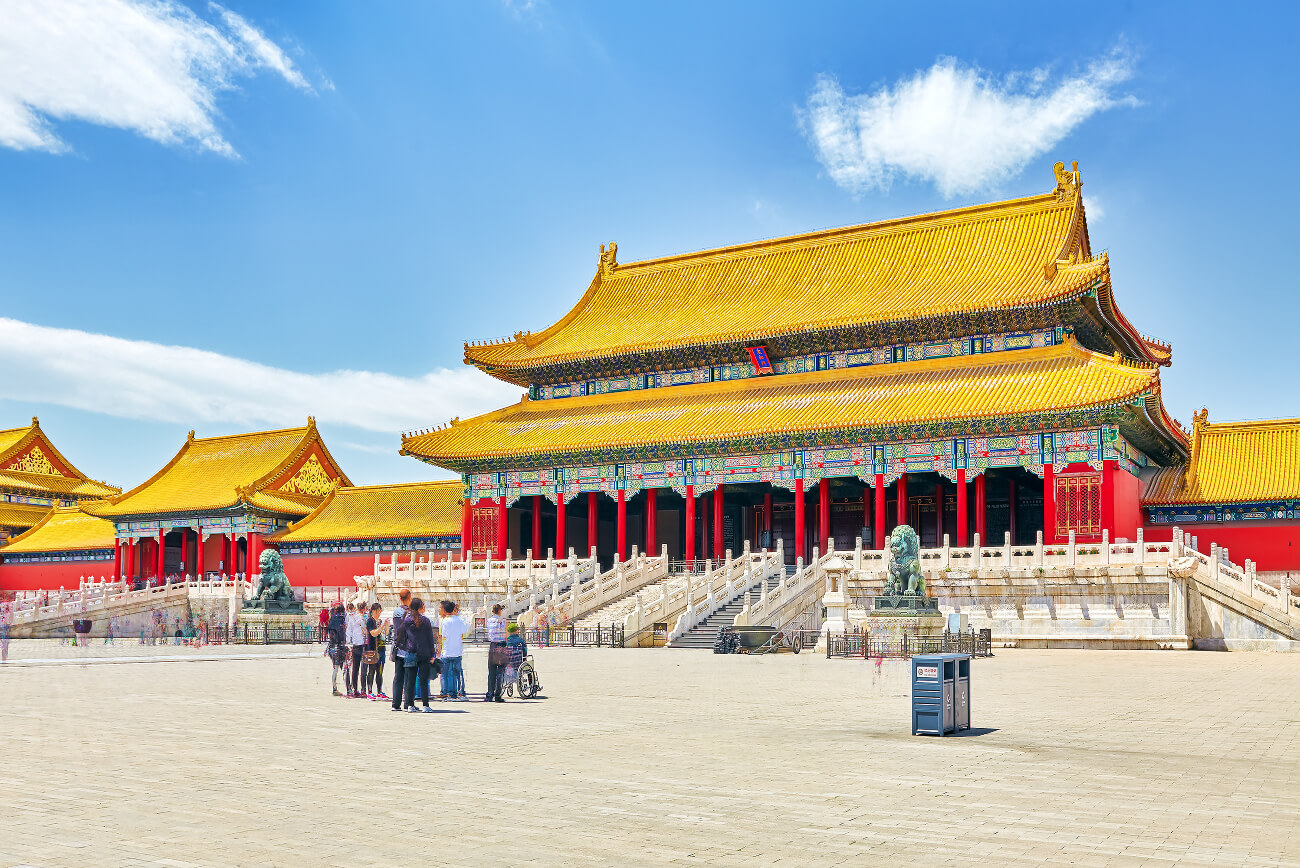
Victoria Harbor offers stunning views of Hong Kong.

The Terracotta Army years old has 8000 life-like warrior figures.
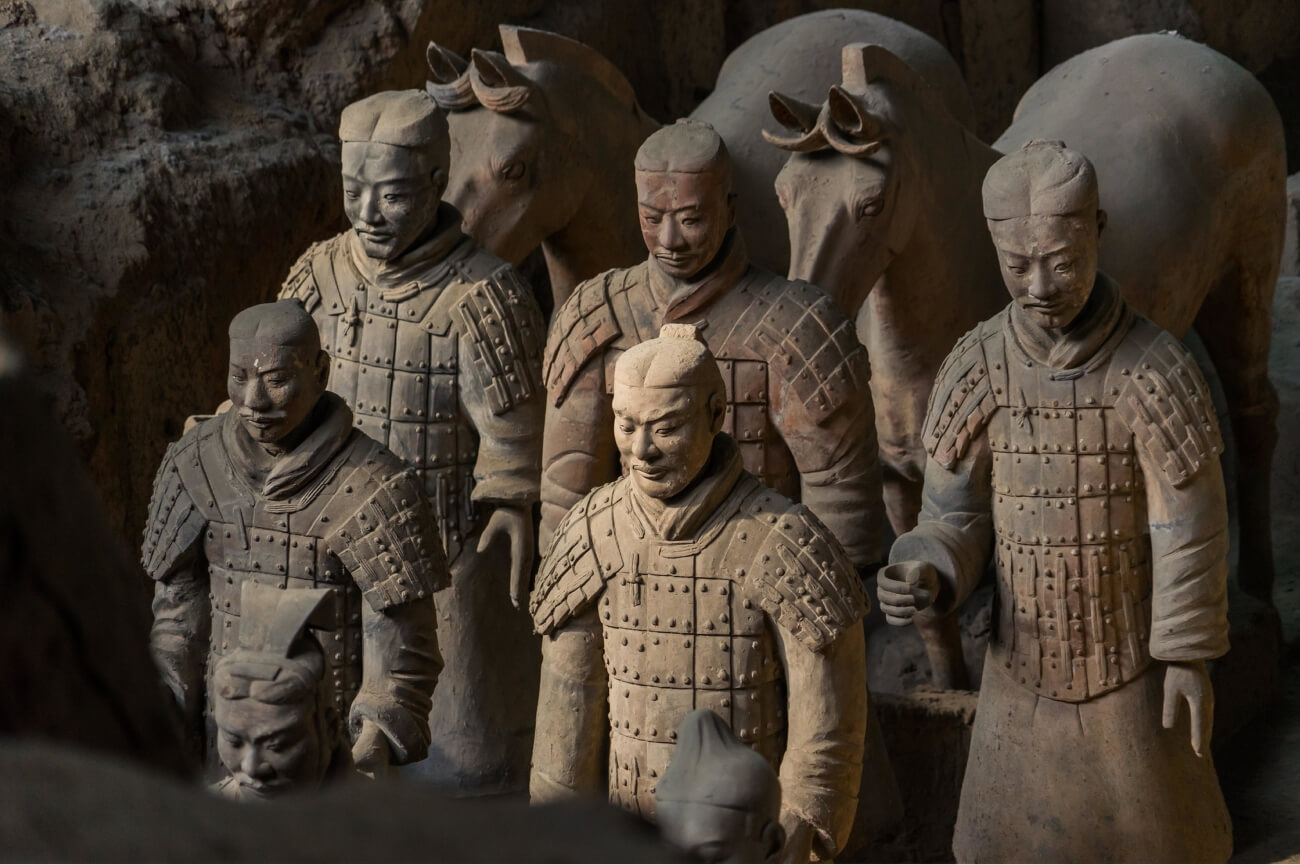
Li River Cruise
Mount Huang known as Yellow Mountain with scenic sunsets and granite peaks
Leshan Giant Buddha Mount Emi is home to the first Buddha Temple built in the 1st century AD. It stands 233 feet tall.

Hani Terraces cultivated farmland of over 1000 years with a spectacular view.
Pudong Skyline Shanghai
Longmen Grottoes Construction started in 500 AD has 2100 niches and more than 100,000 Buddha statues, 40 pagodas and 3,600 stellas in the caves.
Hanging Monastery on a 250 foot cliff is a complex of connected 40 rooms built in the 5th century AD.
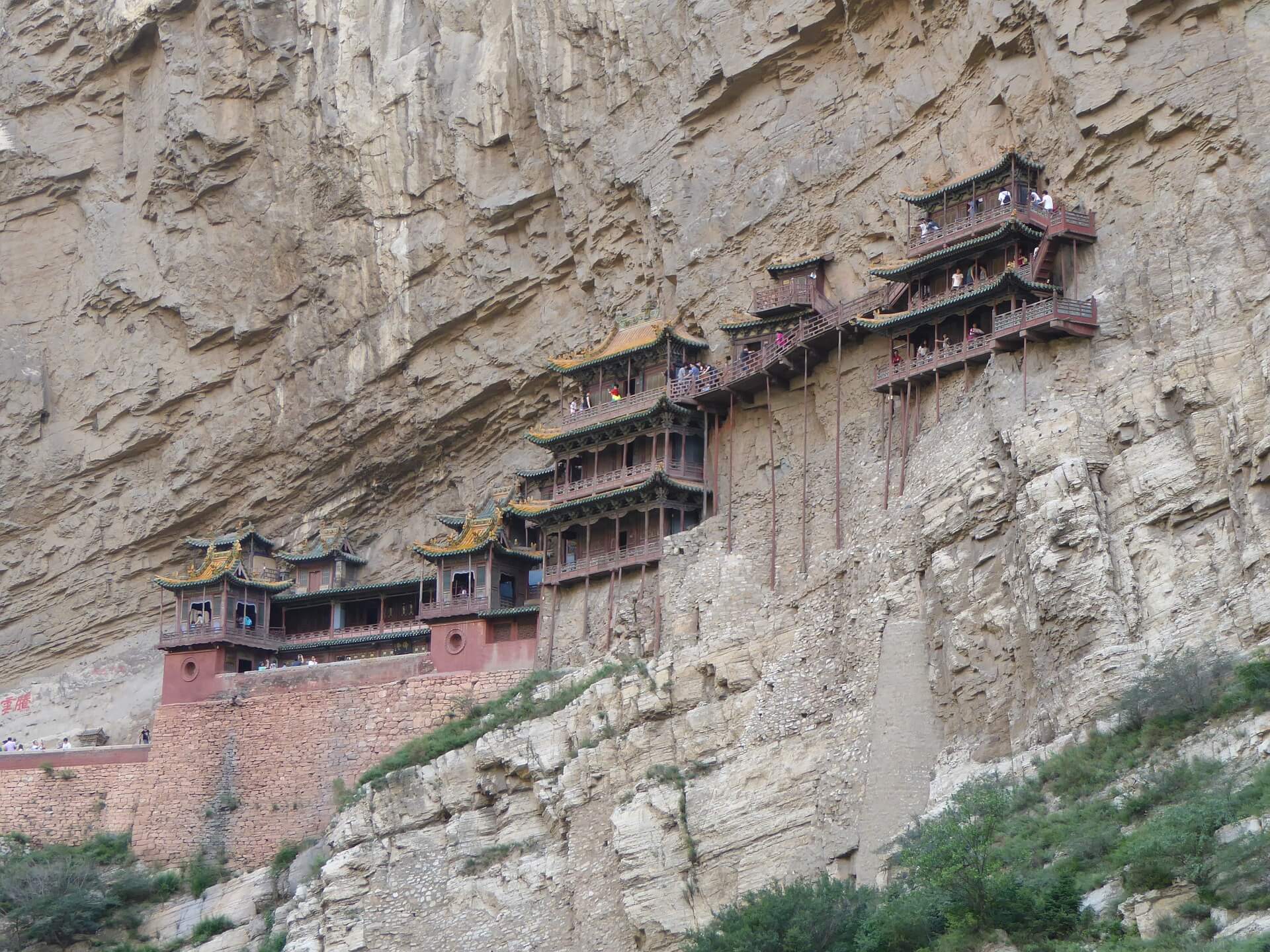
Yangtze River Cruise Summer Palace Beijing.
Longji Terraces Walk through paddies and villages. Built 500 years ago.
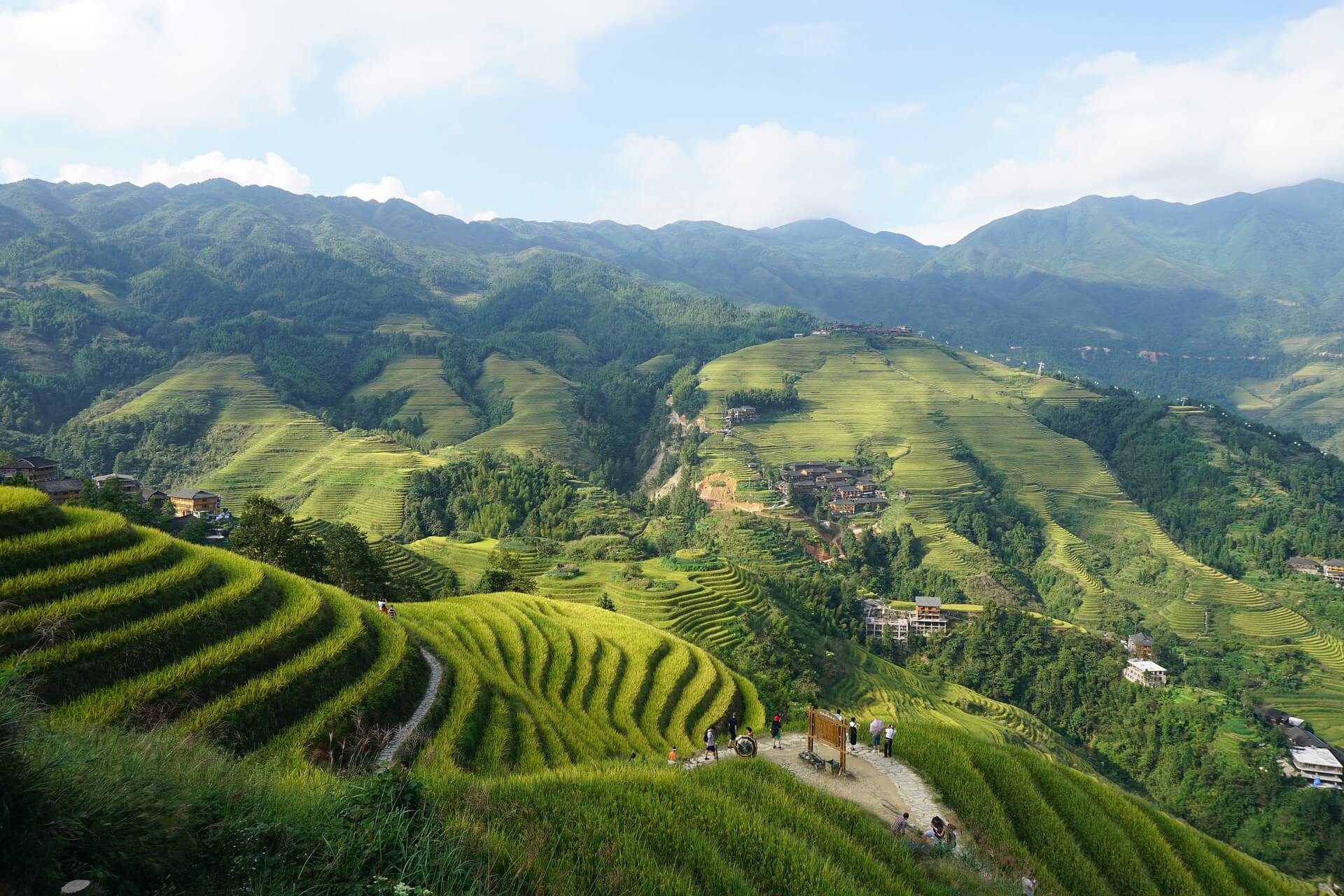
Magan Caves Early Buddhist cave with murals painted on cave walls dating back to the 4th century AD.
Suzhou Gardens and Canals A picturesque city on the Grand Canal near Shanghai. It has 80 classic gardens and is known for its silk.
Tiger Leaping Gorge Largest canyon in the world.
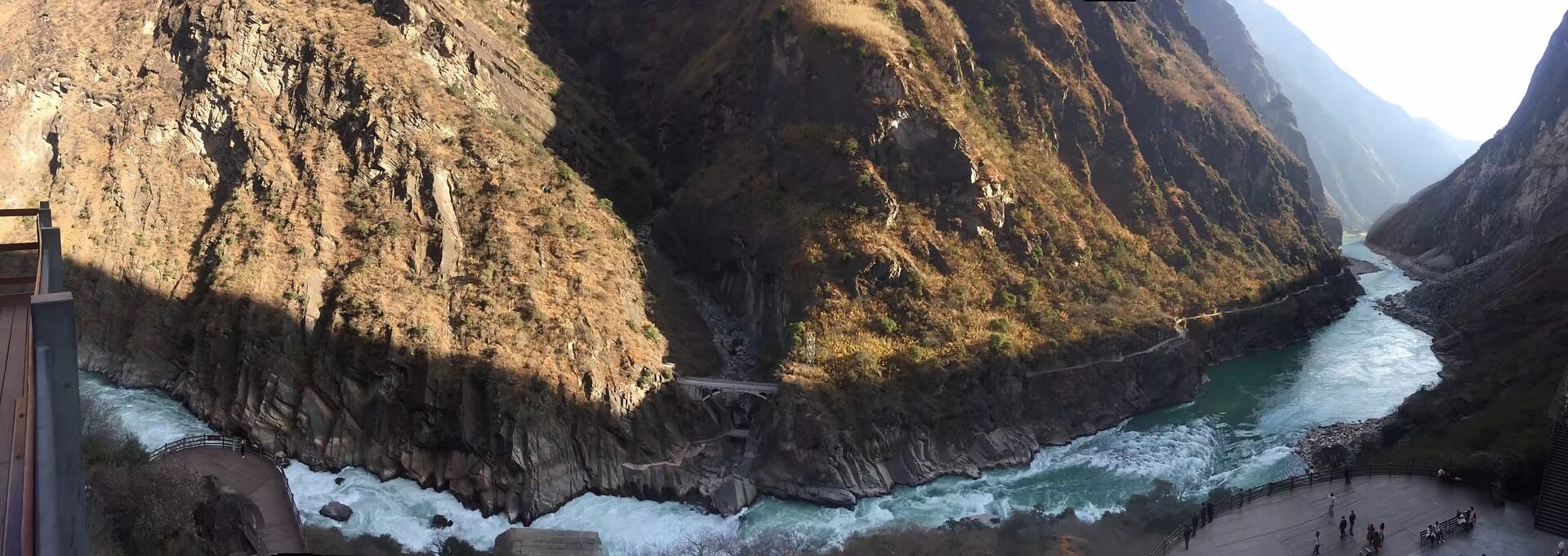
Lijiang Old Town Sample life in a minority community with the Naxi. 350 bridges cross the canals and Kublai Khan lived here.
Zhouzhuang A water town known as the Venice of China.
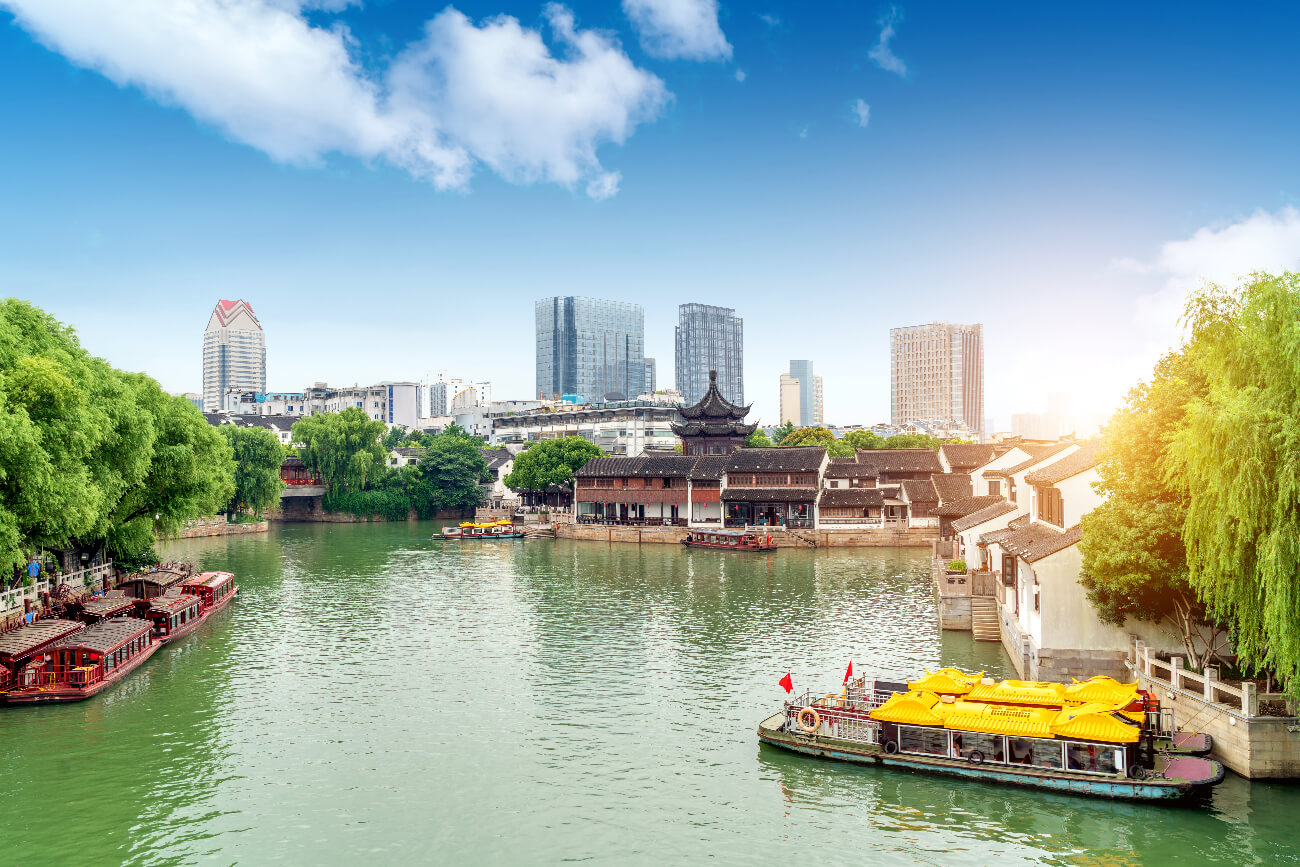
No Tour Found
No Tour Found